.jpg)
When it comes to fixing a leaking concrete water tank, there are several important factors to consider. Not only can a leak be inconvenient, but it can also lead to structural damage and water wastage. Here, we will explore effective solutions.
Identifying the source of the leak is essential. Inspect the tank, looking for joints, cracks, and any signs of moisture or discoloration. After locating the leak, clean the area so repair materials can adhere properly.
One solution is using a concrete sealer or waterproofing compound. These products fill in small cracks and make a barrier against further water penetration. Choose a high-quality product made for sealing concrete structures.
Hydraulic cement is another option. This type of cement expands when it comes into contact with water, filling in gaps and forming a tight seal. Follow the manufacturer’s instructions when mixing and applying it.
For larger cracks, use epoxy injections. Epoxy resin binds together with the existing concrete, forming a strong bond that stops water leakage.
Regular maintenance is essential. Look for signs of deterioration or damage such as spalling or rusting metal reinforcements. Address any issues by applying sealants or conducting repairs.
By taking preventive measures and addressing leaks promptly, you can ensure the longevity and efficiency of your concrete water tank. Prevention is always better than cure when it comes to maintaining water storage systems.
Assessing the Leak
- Assess a concrete water tank for leaks with these steps.
- First, take a look. Are there any cracks or damage?
- Next, check for dampness or moisture.
- Tap on the tank to hear hollow sounds, which may show weakened areas.
- Sprinkle flour or chalk powder near suspect spots and watch if it gets wet.
- Fill the tank with water and keep an eye on water levels for drops.
- Document your findings.
- Create a table to record observations.
- Check for pipes or fittings that may lead to the leak.
- Make sure connections are secure and without damage.
- Pro tip: Consider professional help when needed. An expert may have specialized knowledge or equipment to identify and fix leaks.
Gathering the Necessary Tools and Materials
Fixing a leaking concrete water tank requires the right tools and materials. To get started, follow these five steps:
- Inspect the tank. Look for any cracks or leaks. This will help you decide which tools and materials you’ll need.
- Safety gear is key. Wear gloves, safety glasses and a dust mask. You may come into contact with hazardous substances.
- Get the right tools. A wire brush, chisel, hammer, trowel and stiff brush or broom are all helpful.
- Gather repair materials. You may need hydraulic cement or mortar mix, concrete bonding adhesive, waterproofer/sealer, and reinforcement mesh.
- Get other supplies. Clean water, rags or sponges, and plastic sheeting/tarp are also important.
Also, look out for unique details specific to your situation. Knowing them helps you fix the leak without problems.
Take action now and gather your tools and materials. The sooner you fix the leak, the better. Don’t wait—start today!
Preparing the Work Area
Creating a safe workspace for repairing a leaking concrete water tank is key to success. Follow these 6 steps:
- Clear all obstacles: Remove anything that can obstruct the repair.
- Empty the tank: Safely drain the water.
- Clean the tank: Wash inside and out with warm water and mild detergent. Get rid of dirt, algae, and other contaminants.
- Spot and mark leaks: Carefully search for cracks or leaks, both inside and out. Mark with tape or chalk.
- Rough up the surface: Use sandpaper or a wire brush to roughen up the area around the leaks. This aids the patching material’s adhesion to the concrete.
- Seal it up: Spread a generous amount of waterproof sealant for concrete repairs over each marked leak. Make sure it has full coverage.
Plus, always wear gloves and goggles to protect yourself from chemicals and sharp objects.
Fun fact: An average-sized concrete water tank can store up to 10,000 gallons of water!
Repairing the Leak
Got a leaky concrete water tank? Don’t worry! Fixing it is easier than you think. Follow these 6 easy steps to repair the leak and get a reliable water storage solution.
- Empty the Tank: Use a pump or siphon to empty the tank completely. This will help prevent accidents during the repair.
- Clean the Surface: Use a wire brush or sandpaper to clean the area around the leak. This will help the sealant adhere better.
- Apply Sealant: Once the surface is clean and dry, use a high-quality waterproof sealant on the leak. Remember to follow the manufacturer’s instructions for proper application.
- Reinforce with Epoxy: To make it stronger, use epoxy resin over the sealant. It will help create a tight seal on the concrete.
- Allow to Cure: Let the sealant and epoxy cure completely before filling the tank with water. This is key for a successful repair.
- Monitor Regularly: Keep an eye on the tank for any new leaks or damage. Regular inspections will help you catch any problems early.
Mr. Johnson, who lives nearby, faced a similar issue last year. He repaired his tank without any issues. Now his water tank remains leak-free and provides clean and reliable water.
Remember to inspect other areas of your water tank regularly and address any maintenance needs quickly. That way, you can easily repair it yourself and get a strong and dependable water storage solution for years to come.
Curing and Testing the Repaired Tank
Curing and testing a repaired tank is essential for its strength and proper working. Follow these four steps for successful curing and testing:
- Clean the repaired area with a brush or broom to get rid of dust, dirt, or debris.
- Apply a high-quality waterproofing sealant to the repaired region. This will shield the tank from future water damage or leakage.
- Let the sealant dry before filling the tank with water. This curing process will ensure the sealant bonds with the concrete, giving a watertight seal.
- Check for any signs of leaking or water seepage. Inspect the tank at regular intervals to make sure the repair is successful.
Moreover, add an extra protective coating layer on the repaired place for extra durability.
Remember to keep following these steps even after repairing the concrete water tank. This will help preserve its structural soundness and stop future issues from happening.
A real example:
A few years back, my neighbor found a leak in his water tank. He followed the above steps and was able to fix and test his tank without any additional problems. Today, his tank still offers dependable water storage with no leaks.
It’s important to remember that curing and testing a repaired tank is crucial to avoid future damage and guarantee long-lasting performance!
Preventive Maintenance Tips
Regularly inspect the concrete water tank for any signs of leakage or damage. Ensure proper drainage to stop standing water and pressure on the walls. Apply a waterproof sealant to the inside and outside of the tank. Keep it clean without debris, as dirt and particles can cause deterioration.
Prevention is better than cure. Follow these maintenance tips for a functioning and durable concrete water tank.
A true tale to highlight the importance of preventive maintenance: A few years ago, a neglected concrete water tank had severe leakage due to harsh weather. Repairing was both time-consuming and costly. This shows the necessity of regular inspection and maintenance.
Conclusion
Fixing a leaking concrete water tank needs close attention and planning. Follow the steps in this article to fix the issue and keep your tank in good condition.
- First, locate the source of the leak. Look at the walls and floor of the tank for any cracks or gaps. Clear the area and remove any loose particles that can obstruct repair work.
- Secondly, get a suitable waterproofing solution. Many products are designed for concrete tanks. Pick a product that’s compatible with your tank material. It should also provide protection against moisture.
- Thirdly, prime the area properly. This will create a strong bond between the concrete and the waterproofing material. Follow the manufacturer instructions.
- Fourthly, spread a coat of waterproofing solution to cover the affected area. Use a roller or brush to make sure it’s even and penetrates any cracks. Wait for the solution to dry as instructed.
- Fifthly, reinforce the repairs with a layer of concrete sealant for water tanks. This will give an extra barrier against future leaks and strengthen the structure.
Finally, do regular maintenance to keep your repaired water tank leak-free. Check for any signs of damage or deterioration. Also, watch out for buildup of sediment or debris that could lead to new leaks.
Frequently Asked Questions
Question: How do I know if my concrete water tank is leaking?
Answer: Signs of a leaking concrete water tank include dampness or water pooling around the tank, a decrease in water pressure, cracks or gaps in the tank, or a sudden increase in your water bill.
Question: Can I fix a leaking concrete water tank myself?
Answer: Depending on the extent of the damage, you may be able to fix a minor leak yourself using concrete patching materials. However, for major leaks or structural issues, it is advisable to hire a professional to ensure proper repair.
Question: What materials do I need to fix a leaking concrete water tank?
Answer: To fix a leaking concrete water tank, you will need concrete patching compound, a wire brush, a putty knife, a trowel, water, and a clean cloth for wiping the surfaces.
Question: How do I repair small cracks in a concrete water tank?
Answer: To repair small cracks, clean the area with a wire brush, dampen it with water, and apply the concrete patching compound using a putty knife. Smooth the surface with a trowel and allow it to dry completely before filling the tank.
Question: What should I do if my concrete water tank has a large hole or significant damage?
Answer: For significant damage or large holes, it is recommended to consult a professional repair service. They have the expertise and equipment to handle complex repairs and ensure the structural integrity of the tank.
Question: How can I prevent future leaks in my concrete water tank?
Answer: Regularly inspect your concrete water tank for any signs of damage or wear. Ensure proper drainage around the tank to prevent water accumulation. Avoid placing heavy objects on top of the tank and avoid using corrosive cleaning agents that can weaken the tank’s structure.
About the Author:
Mike Veail is a recognized digital marketing expert with over 6 years of experience in helping tradespeople and small businesses thrive online. A former quantity surveyor, Mike combines deep industry knowledge with hands-on expertise in SEO and Google Ads. His marketing strategies are tailored to the specific needs of the trades sector, helping businesses increase visibility and generate more leads through proven, ethical methods.
Mike has successfully partnered with numerous companies, establishing a track record of delivering measurable results. His work has been featured across various platforms that showcase his expertise in lead generation and online marketing for the trades sector.
Learn more about Mike's experience and services at https://theleadguy.online or follow him on social media:



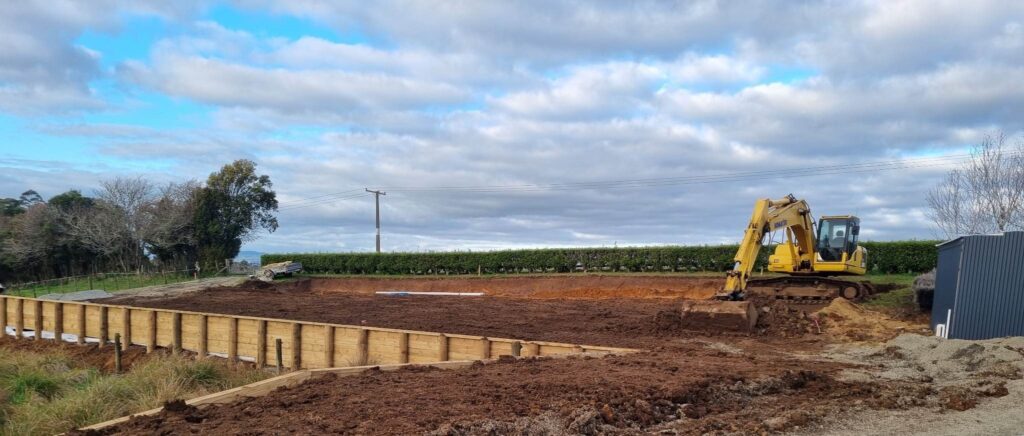

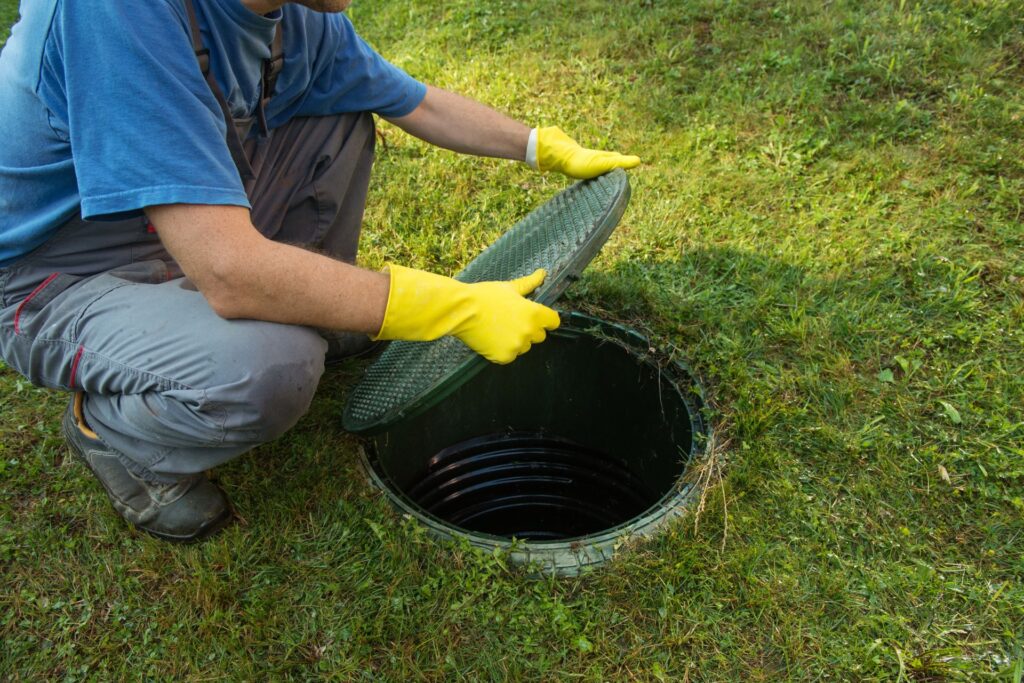



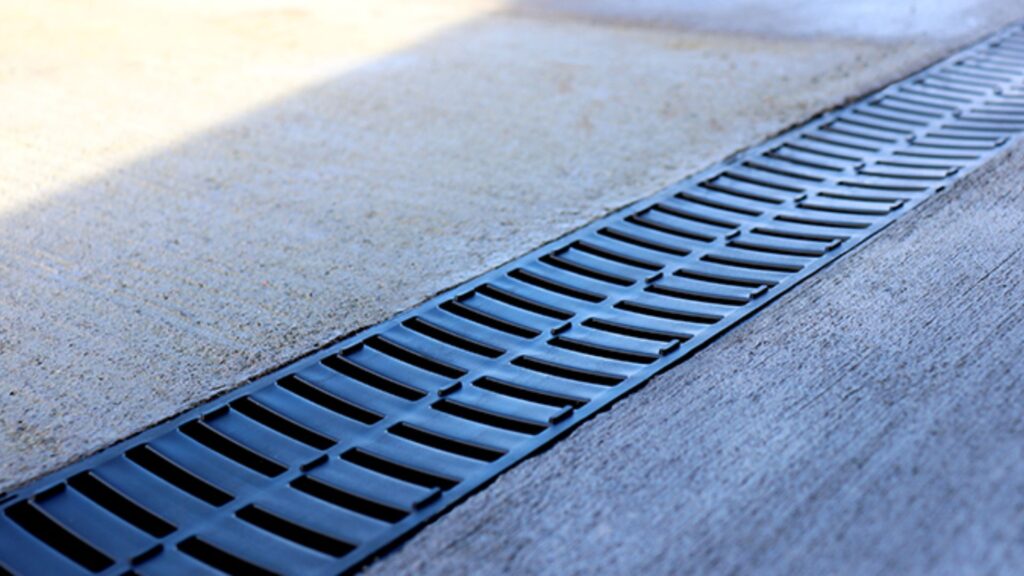
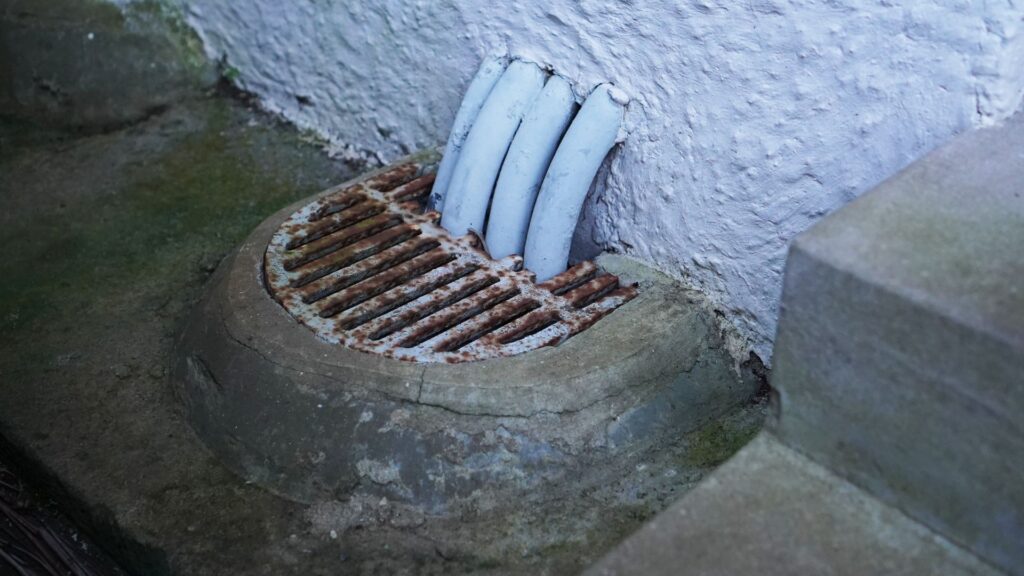






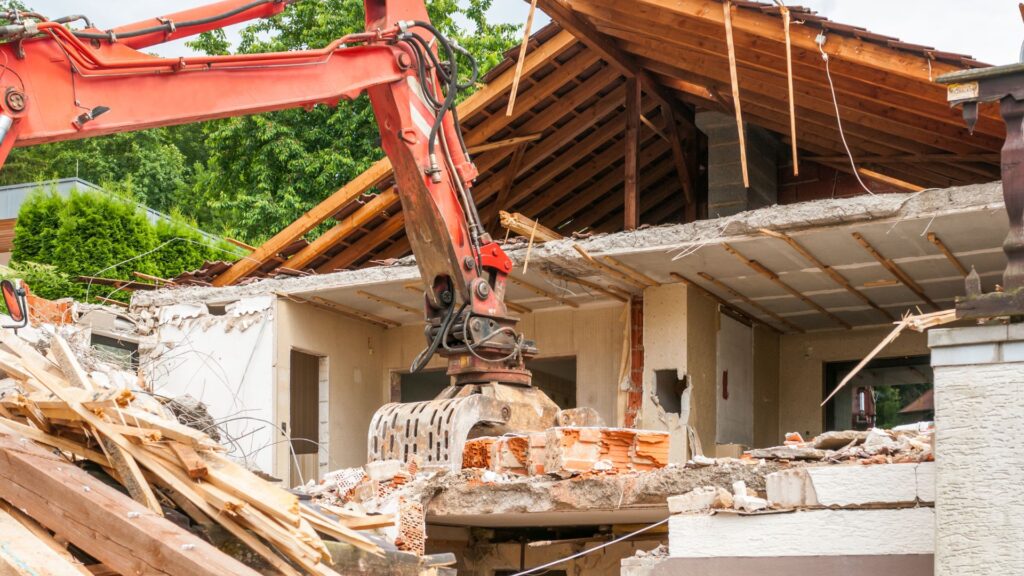
Hi, this is a comment.
To get started with moderating, editing, and deleting comments, please visit the Comments screen in the dashboard.
Commenter avatars come from Gravatar.